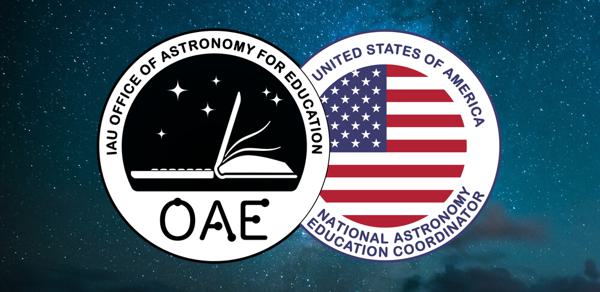Glossary term: मेसियर ऑब्जेक्ट
Description: 1781 मध्ये चार्ल्स मेसियर आणि पियरे मेचेन यांनी प्रथम कॅटलॉग (यादी) केलेल्या 110 वस्तूंपैकी एक मेसियर ऑब्जेक्ट आहे. मेसियर आणि मेचेन, धूमकेतू शोधत होते, जे अस्पष्ट आणि विस्तारित दिसतात परंतु त्यांना अनेक अस्पष्ट, विस्तारित वस्तू आढळल्या, ज्या हलताना दिसत नाहीत. त्यांनी या वस्तूंचे पुन्हा निरीक्षण केल्यास त्यांचे निरीक्षण करण्यात वेळ वाया जाऊ नये म्हणून त्यांनी कॅटलॉग केले. आपल्या सूर्यमालेच्या पलीकडे या अस्पष्ट, विस्तारित वस्तू "नेबुला" म्हणून ओळखल्या जाऊ लागल्या.
सध्याच्या स्वरूपात, कॅटलॉगमध्ये 55 तारकासमूह, 39 आकाशगंगा, 11 खरे तेजोमेघ आणि 5 तारे गट आहेत. या वस्तू निरीक्षण करण्यासाठी हौशी खगोलशास्त्रज्ञांच्या आवडत्या वस्तू आहेत. एका खगोलशास्त्रज्ञाचा कचरा हा दुसऱ्याचा खजिना.
Related Terms:
See this term in other languages
Term and definition status: The original definition of this term in English have been approved by a research astronomer and a teacher The translation of this term and its definition is still awaiting approval
The OAE Multilingual Glossary is a project of the IAU Office of Astronomy for Education (OAE) in collaboration with the IAU Office of Astronomy Outreach (OAO). The terms and definitions were chosen, written and reviewed by a collective effort from the OAE, the OAE Centers and Nodes, the OAE National Astronomy Education Coordinators (NAECs) and other volunteers. You can find a full list of credits here. All glossary terms and their definitions are released under a Creative Commons CC BY-4.0 license and should be credited to "IAU OAE".
If you notice a factual or translation error in this glossary term or definition then please get in touch.
Related Media
The Pleiades M45 with Majestic Dust
Credit: Mohamed Usama/IAU OAE
License: CC-BY-4.0 Creative Commons Attribution 4.0 International (CC BY 4.0) icons









